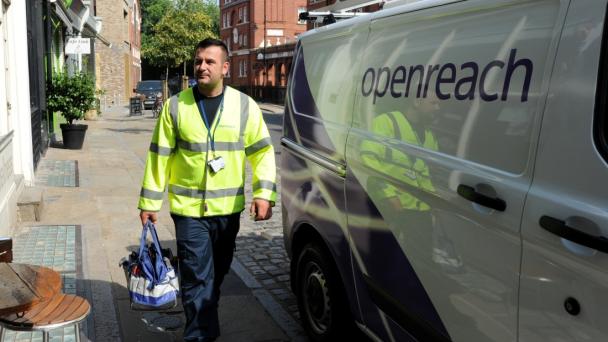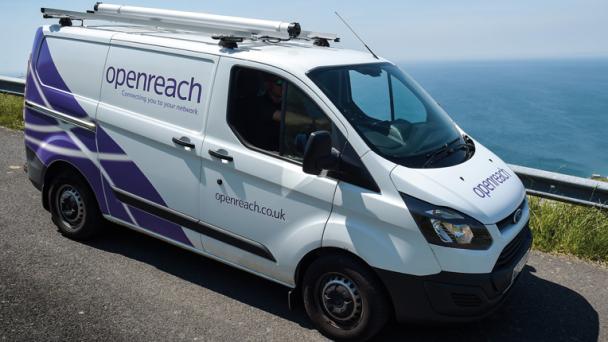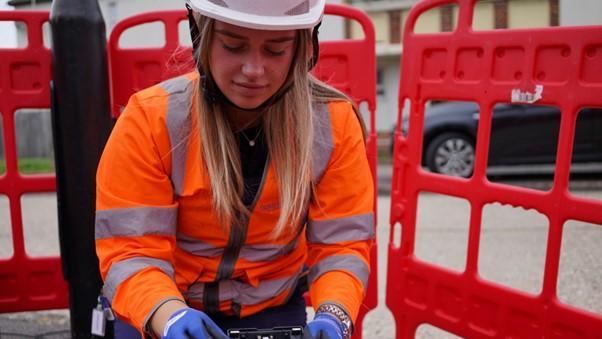
Openreach has published the list of 137 exchange locations in its FTTP Priority Exchange Stop Sell programme, covering 854,000 UK premises and will give a year’s notice to communication providers ending traditional copper-based phone and broadband services and encourage full fibre upgrading.
The FTTP Priority Exchange programme involves the ongoing rollout of gigabit-capable FTTP lines, instead of copper ones.
Once this programme has largely completed (with more than 75% of FTTP coverage) in an exchange area then copper-based products will completely switch-off, while allowing time for customer migrations.
The process of switch-off, full fibre rollout and the gradual switch away from copper lines will take several years in each area to complete.
In this programme, the migration process away from legacy services starts with a policy where there is no moving back to copper for premises connected with FTTP, followed by a Stop Sell of copper services to new customers.
Stop Sell is triggered when 75% of premises connected to a particular exchange can get ultrafast full fibre.
Customers who then want to switch, upgrade or re-grade their broadband will have to take a new digital service over a new full fibre network, with a year’s notice is given before this starts, and then a final withdrawal stage will then follow.
Communication providers including BT, Sky, TalkTalk and Vodafone, that use its network, will have a year’s notice from Openreach that it will no longer be selling legacy analogue products and services where full fibre becomes available to more than 75% of premises in these new exchange locations.
By August, Stop Sell rules will have been activated in 1041 exchanges across the UK – meaning 8.9m premises will be under active Stop Sell, equal to nearly half of Openreach’s total full fibre footprint.




